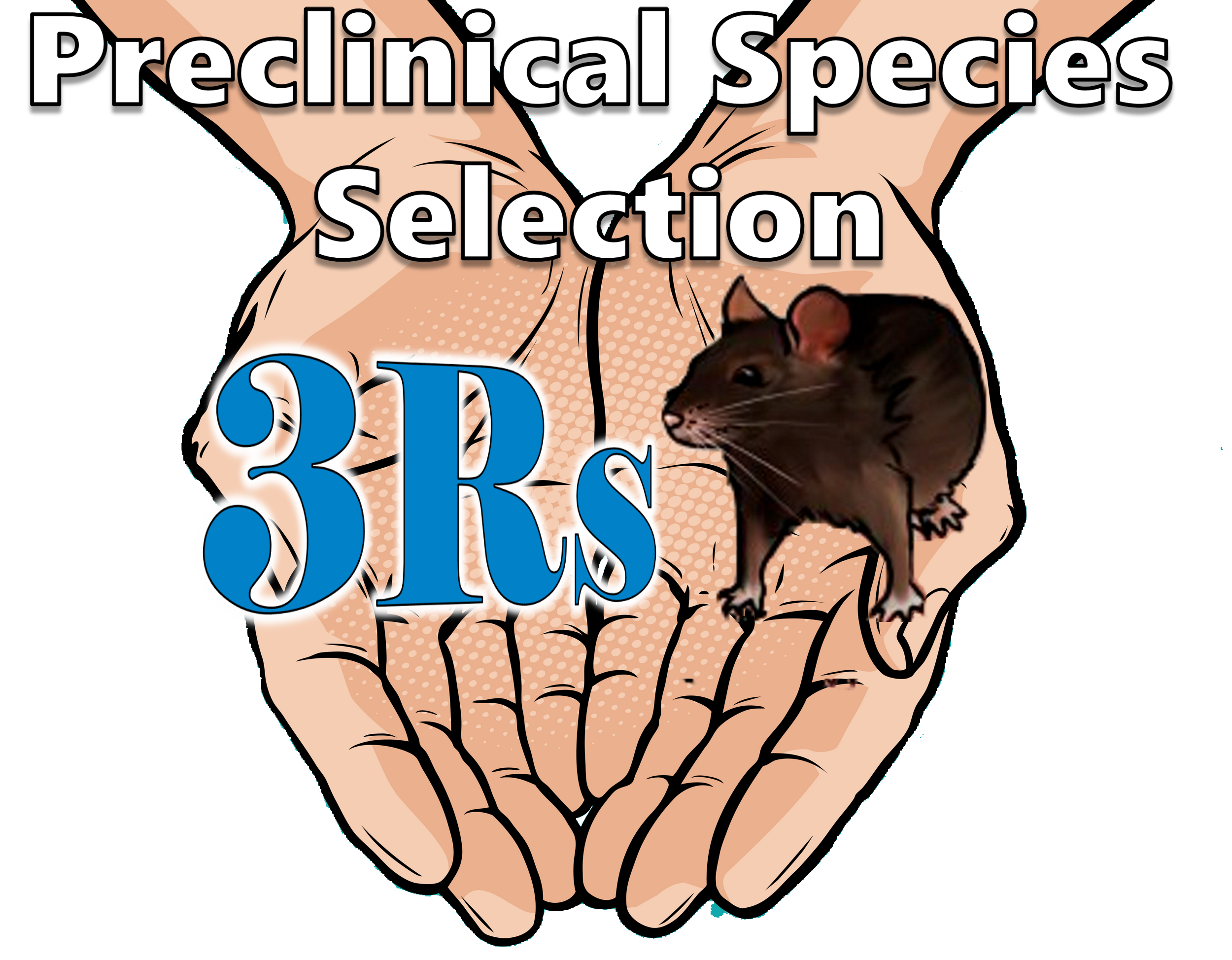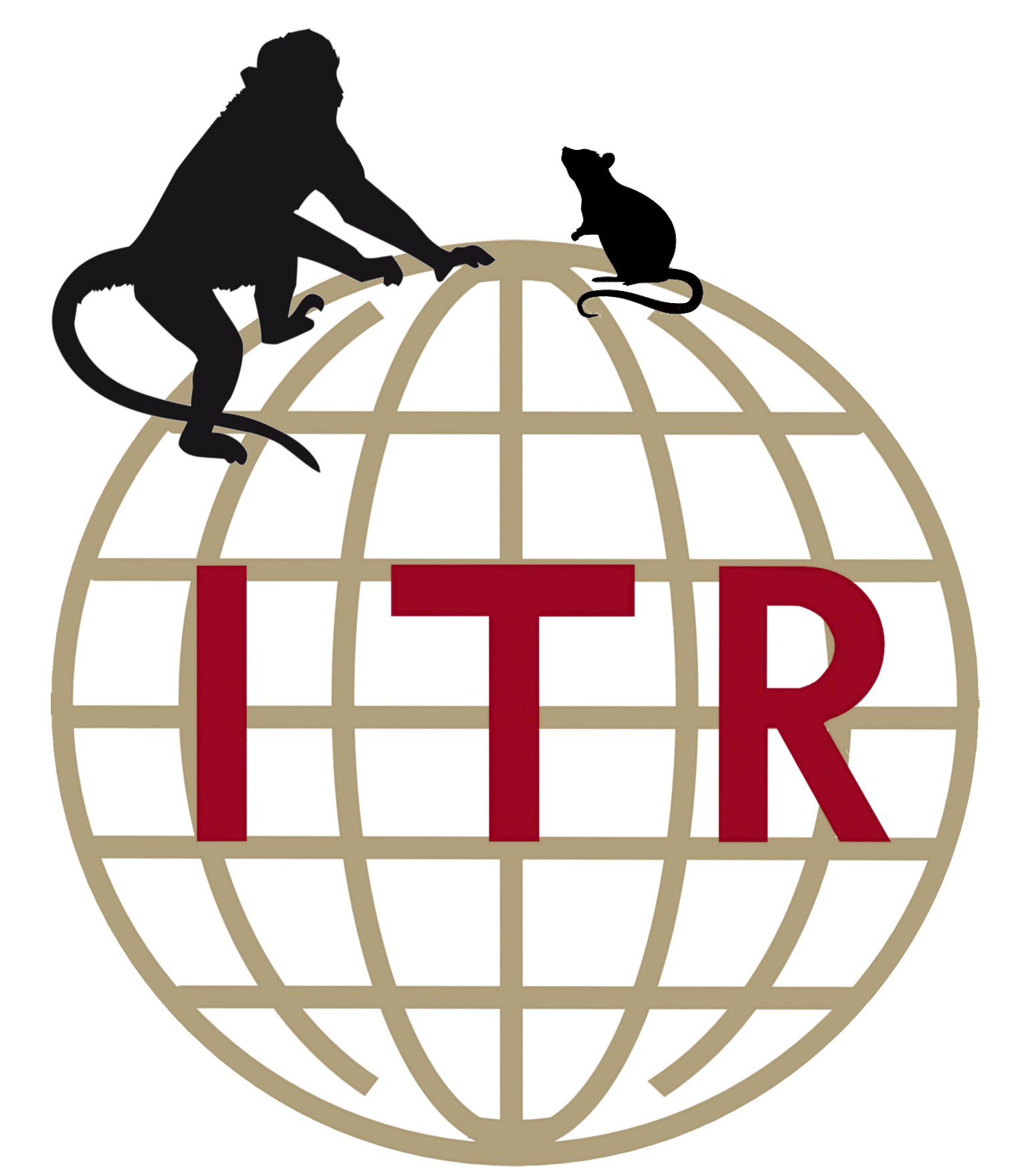
Drug development requires preclinical testing in animal models prior to human testing. This is performed for a variety of reasons, first and foremost is human safety. No animal model can serve as an exact surrogate for a human model, and no two animal models are exactly equivalent either. There are many factors that go into the selection of a model. What is the physical nature of the drug to be tested? What is its intended mechanism of action? How do we best balance ethical practices and scientific requirements? There are a myriad of factors that need consideration when selecting animal models.
In this newsletter, we will take a broad overview of the process of species selection for preclinical testing. We will discuss what makes a good animal model, we will explain why the two species model is favored, we will describe the differences between small and large molecules for species selection, and we will present ITRs range of available animal models & services.

There are many factors that must be accounted for when deciding on the appropriate animal model for safety testing. Among the major components to consider are biological relevance, ethics and logistics. The primary goal of safety testing is to gain as much insight as possible into how a new drug will interact with the human body and to evaluate the potential risks. An effective animal model is physiologically similar to humans and has pharmacodynamic and pharmacokinetic profiles that are as similar as possible to those of humans.
Beyond scientific utility, the ethics of animal use for research has a heavy influence on species selection. Guiding the discussion of ethics, is the principles of the 3Rs: refinement, reduction & replacement. Researchers should endeavor to refine methods to ensure the highest levels of comfort, reduce the number of animals used and replace animal research with alternatives, such as In vitro or in silico models where possible.
The common species of laboratory animals chosen for research have been chosen decades ago and have been relied on since then not only because of their scientific utility, but because the species are capable of tolerating the laboratory environment. Great progress has been made with in vitro and in silico models, greatly reducing reliance on in vivo tests in the early stages of drug development. However, these alternative models are still not yet capable of comprehensively replacing animal models because they do not adequately simulate the entire body enough to predict all potential effects of a new drug.
The majority of animal research is performed with rats. Along with meeting the above conditions, they are small animals, so they don’t require large amounts of test material. They are also easy to handle and house, making them logistically easier to manage in general. Although rats have been designated as effective animal models, regulatory guidance requires testing in non-rodent species as well as rodent species.

If we want to reduce the number of animals used for research as best we can, why does regulatory guidance require testing with two species instead of one? Although test item related changes in rodents are often similar to those observed in humans, there are instances where changes in rodents may not be observed in humans, and vice versa. This can lead to false positives, where toxicity is predicted where it would not be found in humans, or false negatives, where toxicity is not predicted where it will be found in humans.
While no animal model is a perfect replacement for humans, the combination of many animal models has a greater statistical chance of correctly detecting potential human toxicities. In order to reduce the number of animals used for research, we rely on one rodent & one non-rodent model. Dogs will often fill the non-rodent species requirement. The two species model provides the highest value data from the least number of animals.
There are exceptions to the rodent & non-rodent models. These exceptions are often due to the drug’s biological activity in the selected test species. When the drug is intended for human use, what do we do if we find that it is only capable of binding to highly specified receptors not found in rodents or dogs? This is sometimes the case with large molecule drugs.

Small molecules are chemical in nature, they are easily absorbed into the bloodstream and will have a wide range of effects on the body. Most over the counter drugs on the market today are small molecule drugs. Small molecules will often hit desired targets, but will also hit undesired targets, producing adverse effects. Therefore, it is important to understand the desired effects, the undesired effects, and the dose-response relationship for desired effects vs undesired adverse effects.
A two species model with one rodent species and one non-rodent species is required for testing small molecule drugs to increase the likelihood of identifying potential human toxicities.
Large Molecules are also referred to as biotherapeutics or biologics. They are biological in nature, derived from cell cultures or produced by transgenic plants and animals with recombinant DNA technology. Examples of biotherapeutics include monoclonal antibodies, growth factors, enzymes and cytokines. These molecules are produced for human use and will often require highly specific receptors to become pharmacologically active and therefore the range of viable animal models for toxicology testing is often limited. Preliminary in vitro tests can be performed to determine the appropriate animal models. Rodent models may be found to be ineffective and sometimes most other common models may also be ineffective.
Although a two species model is preferred when cross-species reactivity can be demonstrated, the species specificity of some biotherapeutics will limit the eligible models to non-human primates, in these cases, a single species model can be justified.

Our expert staff is experienced with handling rats, mice, guinea pigs, rabbits, minipigs, beagle dogs cynomolgus monkeys and rhesus monkeys. ITR is also equipped to perform biopharmaceutical testing with both rodent & non-rodent species at the same site. Our team of experienced scientists conducts customized assays in compliance with ICH guidelines and current best practices to assure that your program is properly supported with the right data. Services offered include drug potency assays to support species selection and justification.
We can offer a diverse range of customized services including safety testing for IND & NDA submissions. ITR has worked with many drugs in development for a wide range of therapeutic areas including oncology, inflammation, infectious disease, metabolic disease, osteoporosis, respiratory disease, cardiovascular disease and many more.

Deciding on the appropriate animal models is paramount to successful safety testing and a smooth development pipeline. ITR is committed to offering world leading customized preclinical services to suit the needs of our clients and offer the widest possible range of solutions.
